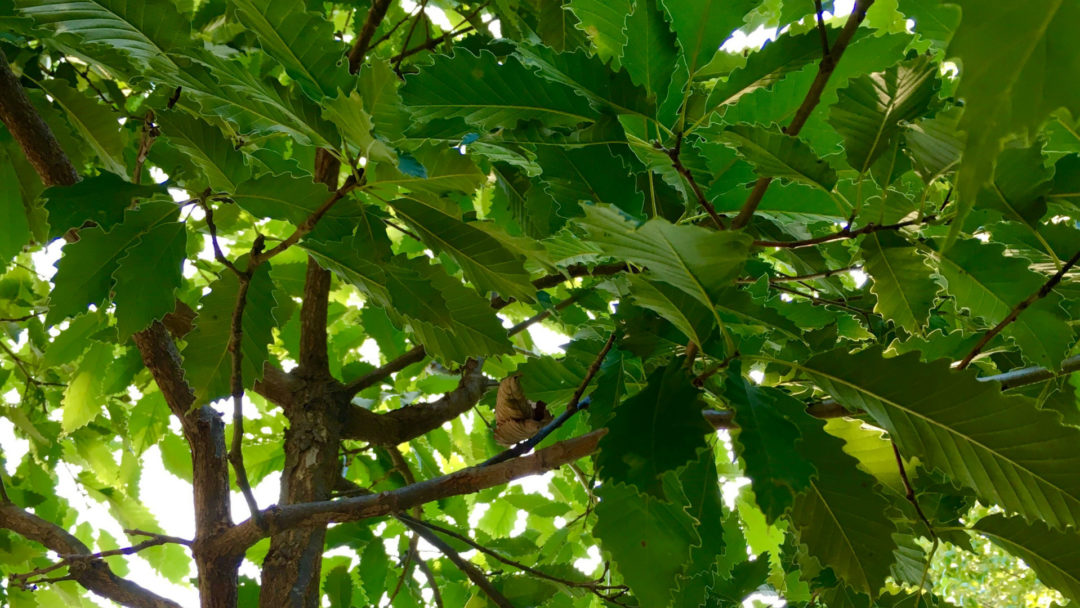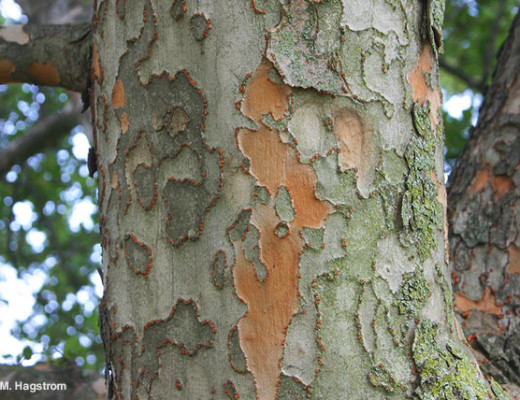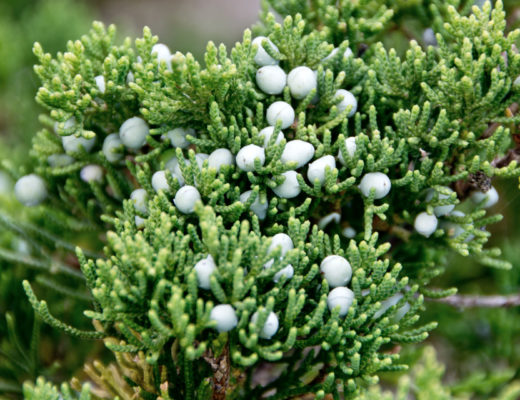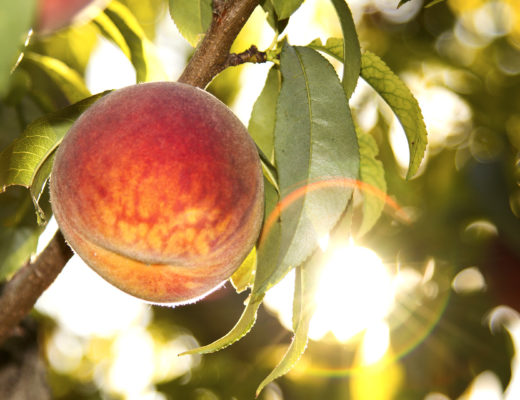Quercus muehlenbergii
The chinkapin oak, which is a member of the white oak family, is one of the several large oaks native to the United States. Historically this prominent oak not only provided sturdy fencing to the pioneers (especially in states like Ohio, Kentucky, and Indiana) but also served as a primary source of fuel for steamships traveling along the Ohio River at the turn of the 20th century.
In addition to its contribution to the settlers, this tree was also highly revered by the Lenape Indians (native to the region of the United States that is now Delaware). Folklore dating back to the early 1800s describes several Lenape Chiefs offering gifts and praying underneath the chinkapin’s tremendous branches in hopes that it would grant the tribe good fortune in battles and hardships.
Environmental Conditions
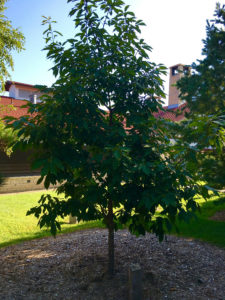
- Grows well in a wide range of soils (acidic, alkaline, clay, drought tolerant, loamy, moist, sandy, well-drained, and wet soil).
- Prefers full sun exposure.
- Can be successfully grown in zones 4–7 and has the ability to survive harsh winters.
Physical Attributes
- Grows at a slow to moderate rate.
- Reaches a height of 40 to 50 feet with a spread of 50 to 60 feet.
- Features leaves that will transition through a colorful cycle throughout the year, starting with its yellowish green coloring in the spring to its yellowish-orange hue in the fall.
- Offers a great food source for wildlife.
These photos are of chinkapin oaks growing right on Arbor Day Farm. Tag us in a photo of your chinkapin oak tree!

